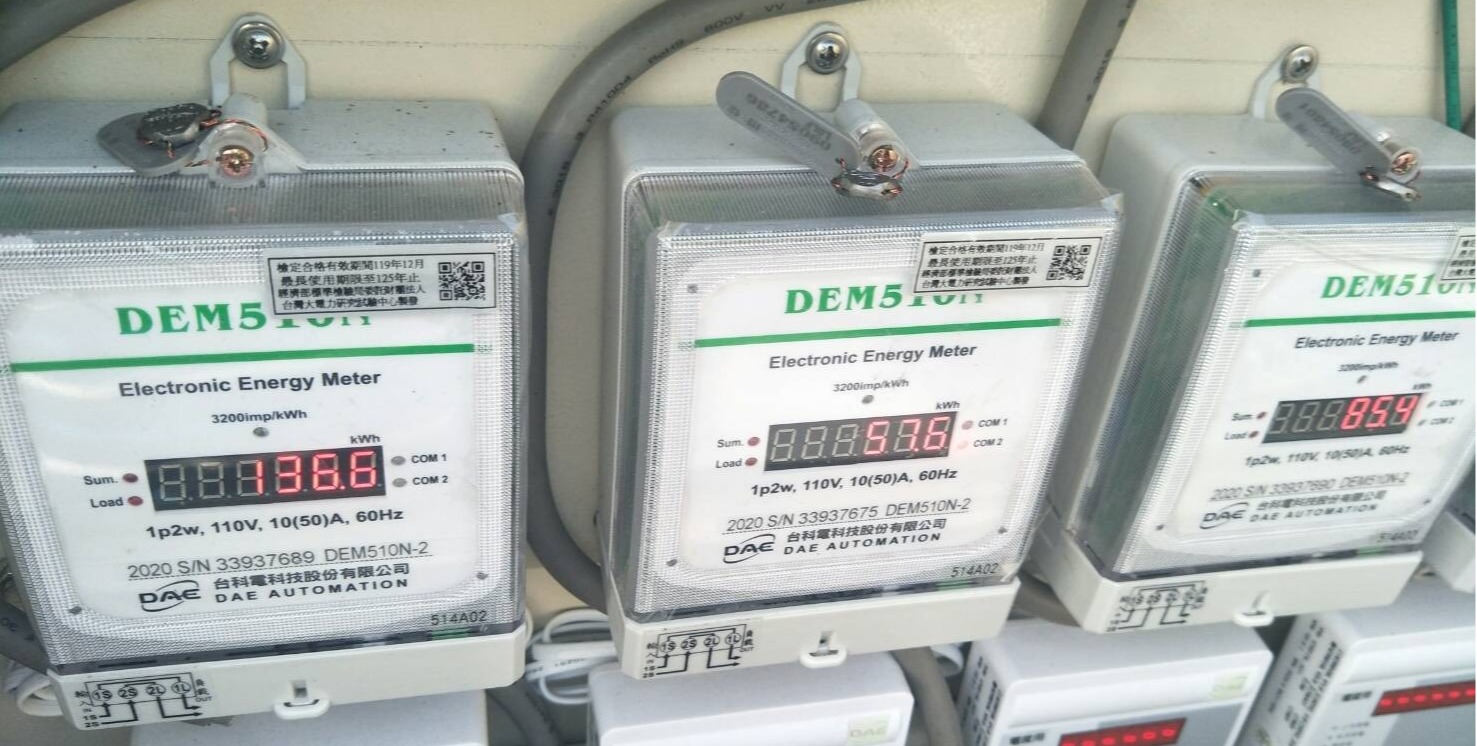

Let's Search
DAE Instrument Corp.

 PAGE TOP
PAGE TOP
We use cookies to collect and analyze information on site performance and usage. By Clicking "Continue" or by clicking into any content on this site, you agree to allow cookies to be placed. To find out more, please visit our privacy policy。
CONFIRM